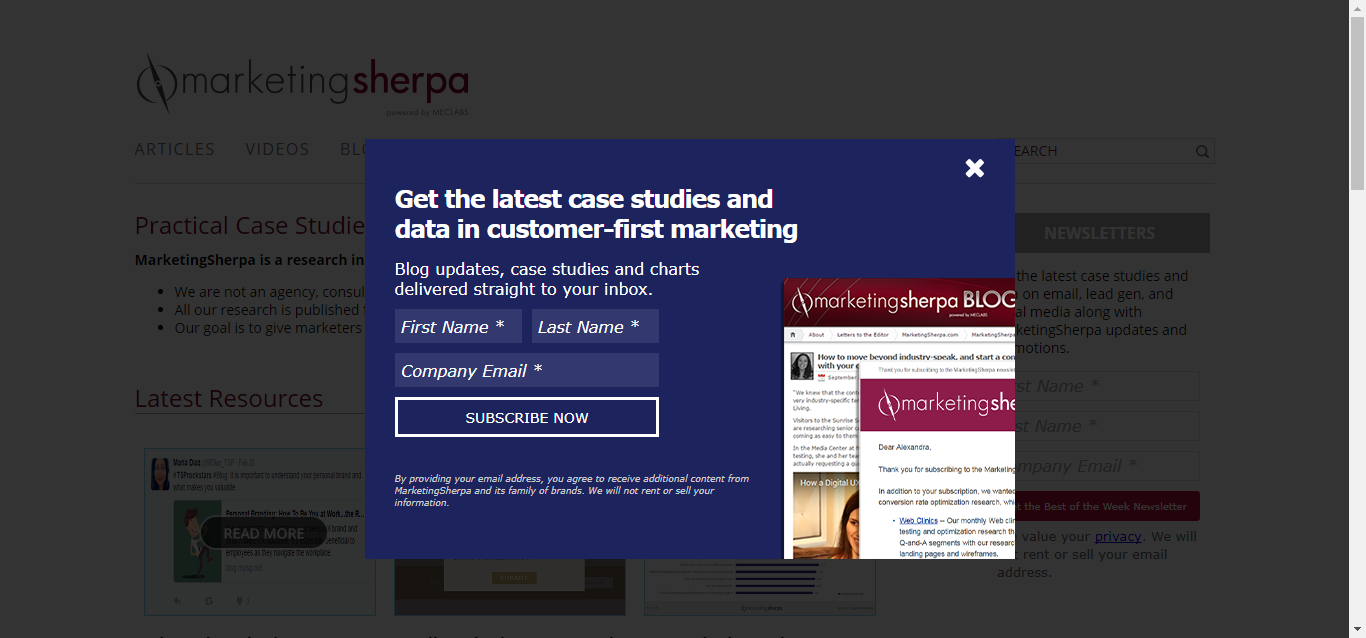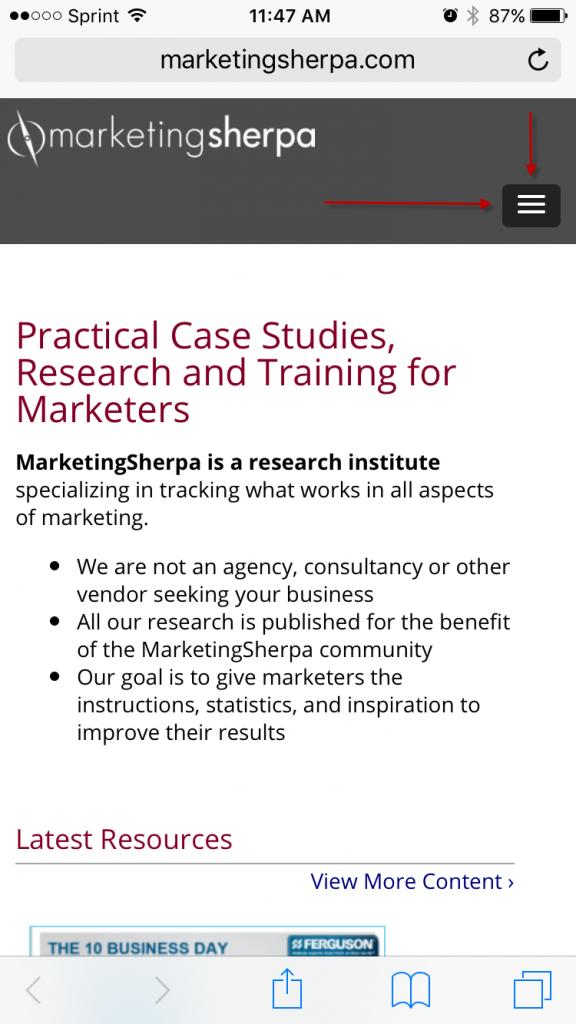Habits are strong, and the biggest part of their hold over us is that we don’t often recognize them. Sometimes, our worst habits need to be pointed out in order for us to summon up the will to actually change them.
Email marketers have a lot of these small habits that have built up over the years. We use so-called “best practices” so often that we run them into the ground, forgetting to actually test to see if these habits are helpful or harmful.
Read below to see if these three habits are ones that you need to break.
Habit #1. Tricky subject lines
Every marketer is looking for that new hook that is going to catch a subscriber’s attention the second before your carefully crafted email is tossed into the trash.
That can get old for subscribers though. When you’re constantly changing up your subject-line strategy to find that hook, what you usually end up losing is clarity.
There’s something to be said for people knowing what they’re going to get when they open up your email. I’ve fallen prey to my fair share of tricky or “clever” subject lines, and when I realize what has happened, I feel … well, tricked.
For example, once I got onto the list for an online wine club, which was essentially a millennial twist on a wine-of-the-month club.
I never actually signed up or ordered anything, but about once every two weeks, I would get an email letting me know I had some kind of free something-or-other waiting for me; I’ve unlocked some fantastic new deal.
It always came “directly” from a person (we’re all email marketing friends here; we know that the chances that person actually, totally wrote that email are at best 50/50 — it’s a friendly trick to make you forget it’s a company) and their name would rotate between about three different senders.
The subject lines were always wildly different, and clearly they were experimenting to see what would finally grab my latent attention.
That’s fine. And actually, it’s not a bad tactic to test and see what works on unmotivated subscribers, especially if, like this company, you’re sending an email about the same thing over and over again.

Then one day, I got this email in my inbox — it grabbed my attention, and without thinking, I actually clicked.
Read more…











